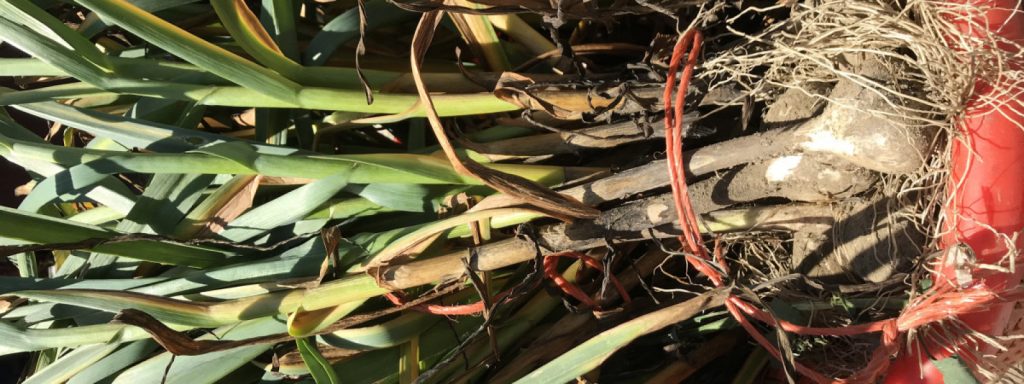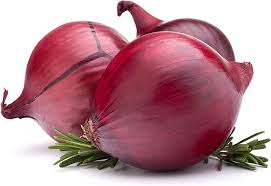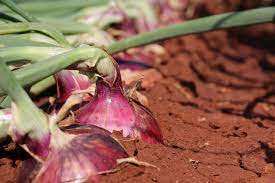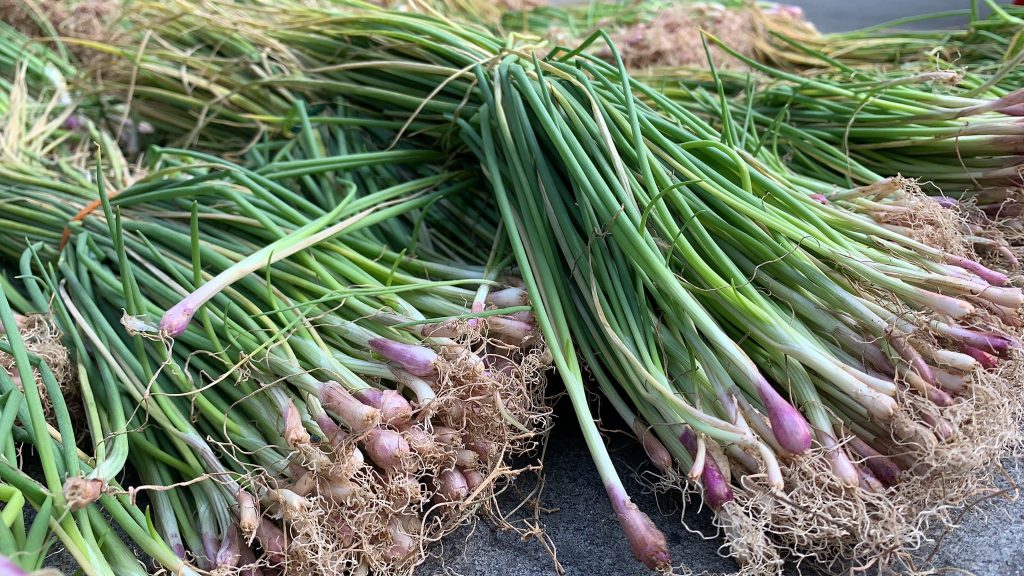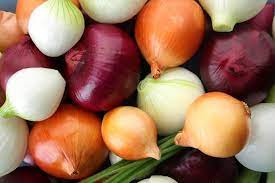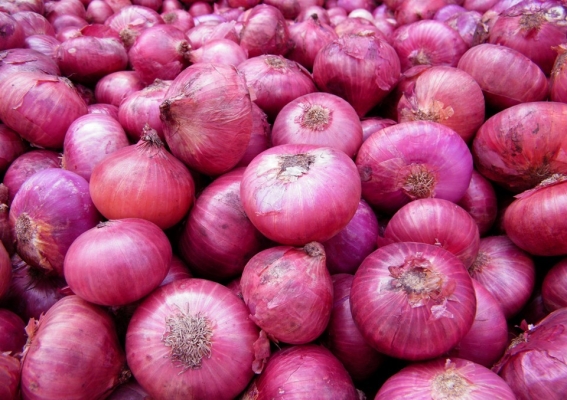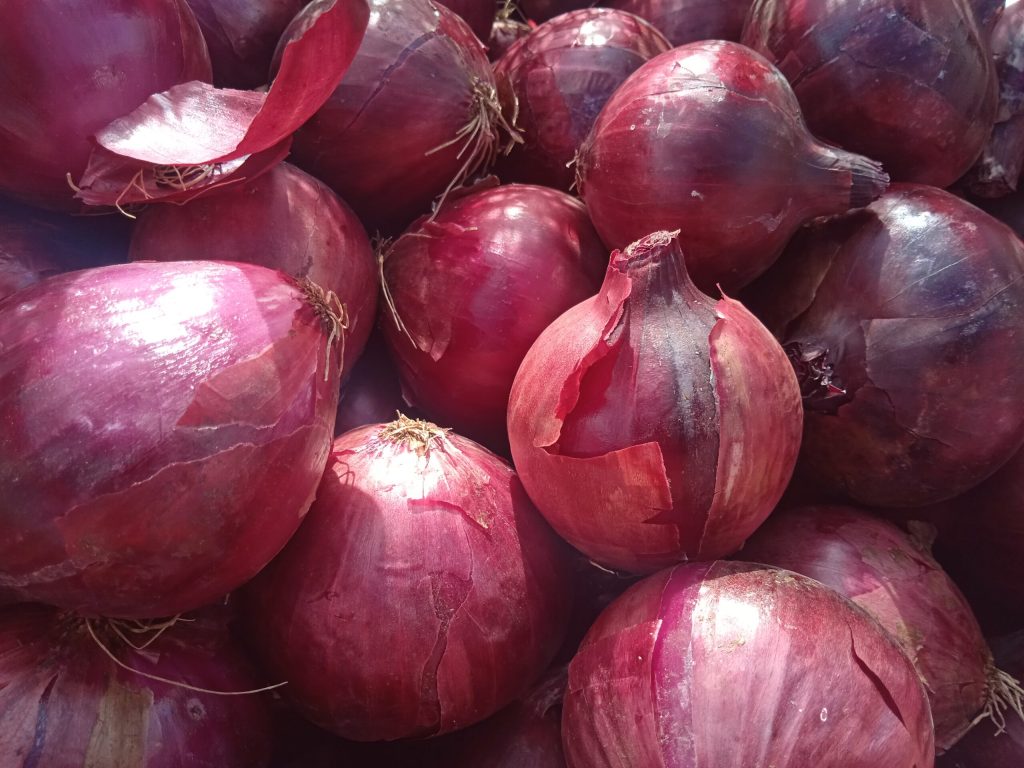Mastering Onion Farming in Kenya: Conditions, Transplanting Tips, and Overcoming Challenges
Are you in need of in-depth knowledge on onion and garlic production? If yes, we are a call away. Contact us for: Onion seedlings, Garlic seedlings, Germinated garlic cloves, Farm planning services, Soil testing, training on onion and garlic growing, Drip irrigation installation and maintenance, Agronomic support, Onion and Garlic value pack and Farm management. For free consultation, placing orders or booking a visit with an agronomist, please contact us via Call or what’s app +254703982228, Email: Info@oniondoctor.co.ke. You can also check out our social media handles for daily updates on TikTok: https://www.tiktok.com/@oniondoctorke?_t=ZM-8wmsTu0qumO&_r=1 Instagram: https://www.instagram.com/oniondoctorke?igsh=MTVoaHF3aWUydTJzaQ==Facebook:https://www.facebook.com/share/16SwgYn2dG/ Youtube:https://youtube.com/@oniondoctorke?si=u5Jnd-r0qU9UDYqL and Twitter: https://x.com/OnionDoctorKe?t=FR3JXlS_oN1vjjUgAtfyzg&s=09 Embarking on successful onion farming in Kenya requires a thorough understanding of the specific conditions, transplanting techniques, and strategies to overcome challenges. In this comprehensive guide, we delve into the key aspects of onion farming, optimized for Kenyan conditions. Conditions for Onion Farming Onions perform well in well drained, fertile, sandy loam, non-compacted soils. The ideal pH is 5.8 to 6.8. Soil test with accredited laboratories is important. The ideal temperatures onions need to grow are between 13 – 35 degrees centigrade. This means that onions can grow in most parts of Kenya. Onions are a cool season crop. Most areas in Ukambani and the Coastal region are extremely dry. 1 kg of seedlings can be used in 1 acre while 20 grams of DAP Fertilizer is applied per square meter. There are different seed varieties and they perform differently under different conditions. Common hybrid varieties available in Kenya include; Red Creole, Red Pinnoy, Jambar 1 and Red Bombay. The most popular seed variety in Kenya is the Jambar F1. Transplanting Onions can either be grown directly or seed put in a nursery bed before transplanting. It is important to do a soil test before planting to know the status of nutrients in the soil, which will guide you on nutrient application for onions production. Farmer should prepare the land to a fine tilth and add well decomposed manure. Depending on the soil test, one can consider using DAP during planting and top-dress using CAN at week four, in recommended amounts. To prevent the transplanting shock, do the exercise early morning, late in evening or when the weather is cloudy. It’s ideal to trim the shoot and root (3 inches for shoots and 0.5 inch for roots) before seedling placement to minimize moisture loss and seedling shock during and after transplanting. The ideal spacing is 8-10cm between the seedlings and 15cm for inter row distance to allow better bulb development. Spacing is also determined by the variety planted and soil fertility Challenges facing Onion Farming in Kenya Excess water-resistant Too much rains or excess watering can water log the crop. To avoid this, you should plant the crop during the short rains, or alternatively, raise the beds to allow the water to flow out of the field. Pests, diseases and weeds: Pests such as thrips, onion flies, red spider mites, leaf miners, nematodes affect onions. The common diseases that affect onions include; downy mildew, purple blotch, bacterial soft rot, botrytis and rust affect onions. Frequent scouting for pest and diseases is important for early detection, prevention and control. Land should be free of weeds, which compete for nutrients, light and space and harbor pest and diseases. Weeding is best done by mechanical methods. Weeds can also destroy your crop and should be removed. Harvesting onions: Harvesting should be done during the dry season. Bulb onions are ready for harvesting once they form a shiny membranous cover around the bulbs or when the foliage withers. Spring onions are ready for harvesting when they are 15 centimeters tall and 1.5 centimeters thick. Harvesting is done by pulling the bulbs and then chopping off the leaves. You then dry the bulbs in the sun before storing the produce. Onion Doctor supports small holder farmers across Africa with quality and affordable Onion and Garlic seedlings, Onion seedlings, Farm planning services, Soil testing, Drip irrigation installation and maintenance, Agronomic support, Onion and Garlic value pack, Farm management, E-extension and on-farm training for farmers to optimize on yields and get maximum profits.
